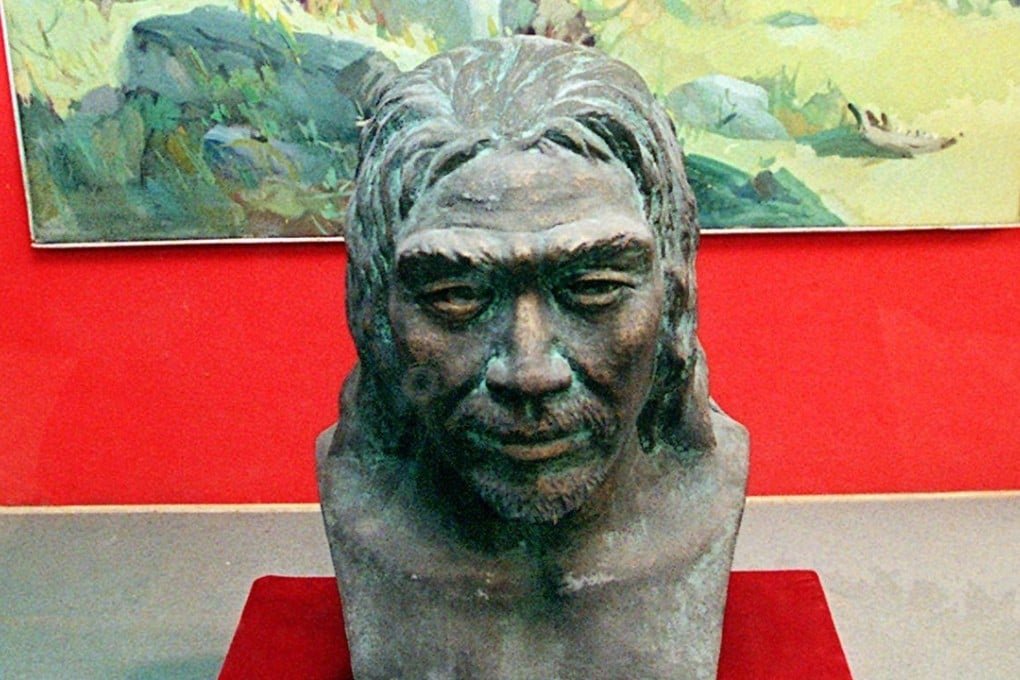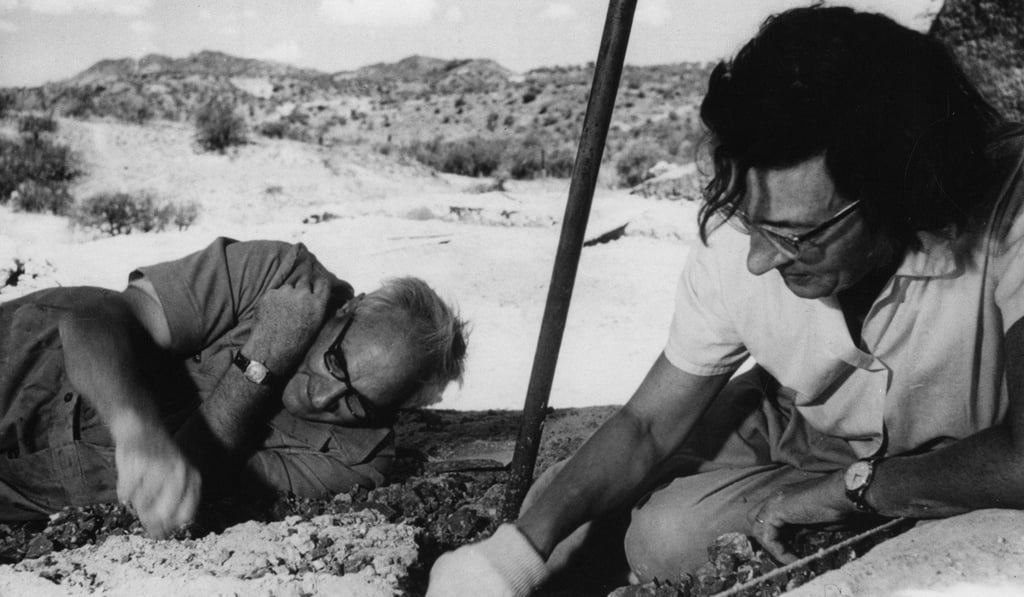How fossils found in Asia could rewrite history of human evolution and migration out of Africa
A century on from Peking Man, the discovery of fossils in China and beyond over the last decade has given palaeoanthropologists pause for thought, suggesting that, maybe, Africa was not the only ‘human cradle’

December 1941. Japan has just entered the second world war. China, already fighting its neighbour, is in the firing line. At the Peking Union Medical College Hospital, Hu Chengzhi carefully packs two wooden crates with the world’s most precious anthropological artefacts. Peking Man – in reality some 200 fossilised teeth and bones, including six skulls – is to be shipped to the United States for safekeeping. This is the last anyone ever sees of him.
At the time, the Peking Man remains were the oldest known fossils belonging to human ancestors. Their discovery in the 1920s and 30s caused a sensation, triggering declarations that the cradle of humanity had been found. But just a few decades later, all eyes had turned to Africa. A slew of discoveries there left little doubt that it was our true ancestral home. As far as human evolution was concerned, Asia was out of the picture.
Not any more. The last decade has seen the discovery of new Asian fossils, among others by Chinese palaeoanthropologists with a renewed interest in their heritage. As key moments in our past are rewritten, the spotlight is once more turning to the East.
The first Peking Man remains were found in 1923, nearly 50km outside Beijing. Alongside the broad-nosed individuals with thick brows were burned animal bones, suggesting an early human ancestor capable of controlling fire. Only four other ancestral human species had been discovered at that time, including Neanderthals in Germany and Australopithecus africanus, identified from the apelike Taung Child remains in South Africa. Team leader Davidson Black believed the Chinese fossils represented a new species, which he called Sinanthropus pekinensis.
For a while, all the excitement in palaeoanthropology focused on east Asia. Then, in the 1950s, husband-and-wife team Louis and Mary Leakey began digging at Olduvai Gorge in Tanzania. By 1959, they had discovered a 1.8-million-year-old species, Paranthropus boisei.

This presaged a flood of remarkable discoveries in east Africa, including the earliest Homo species – Homo habilis – at Olduvai; footprints at nearby Laetoli, revealing that our ancestors walked upright at least 3.7 million years ago; and the famous “Lucy” (Australopithecus afarensis), that lived 3.2 million years ago, in Ethiopia. Peking Man and Asia were sidelined.